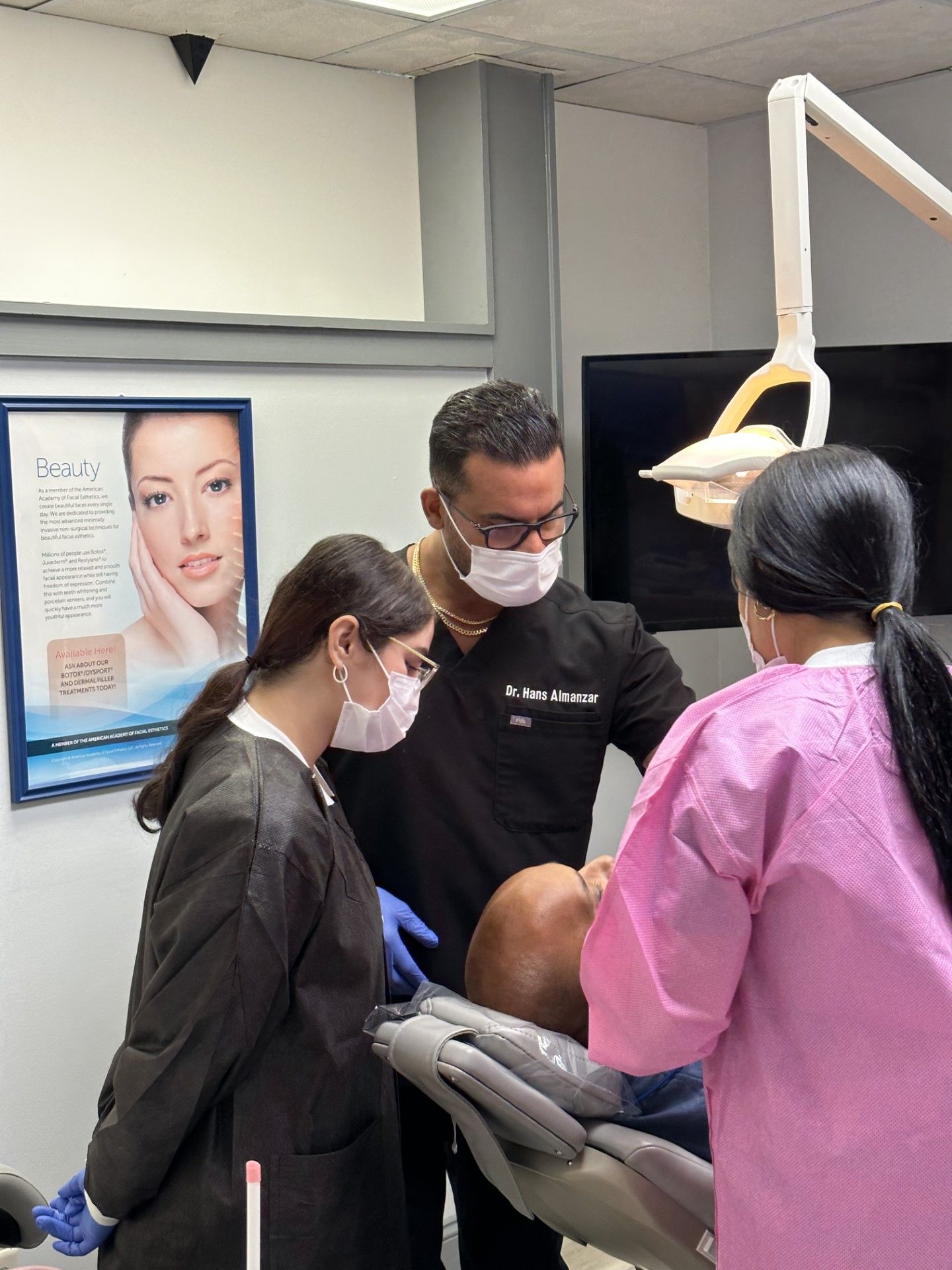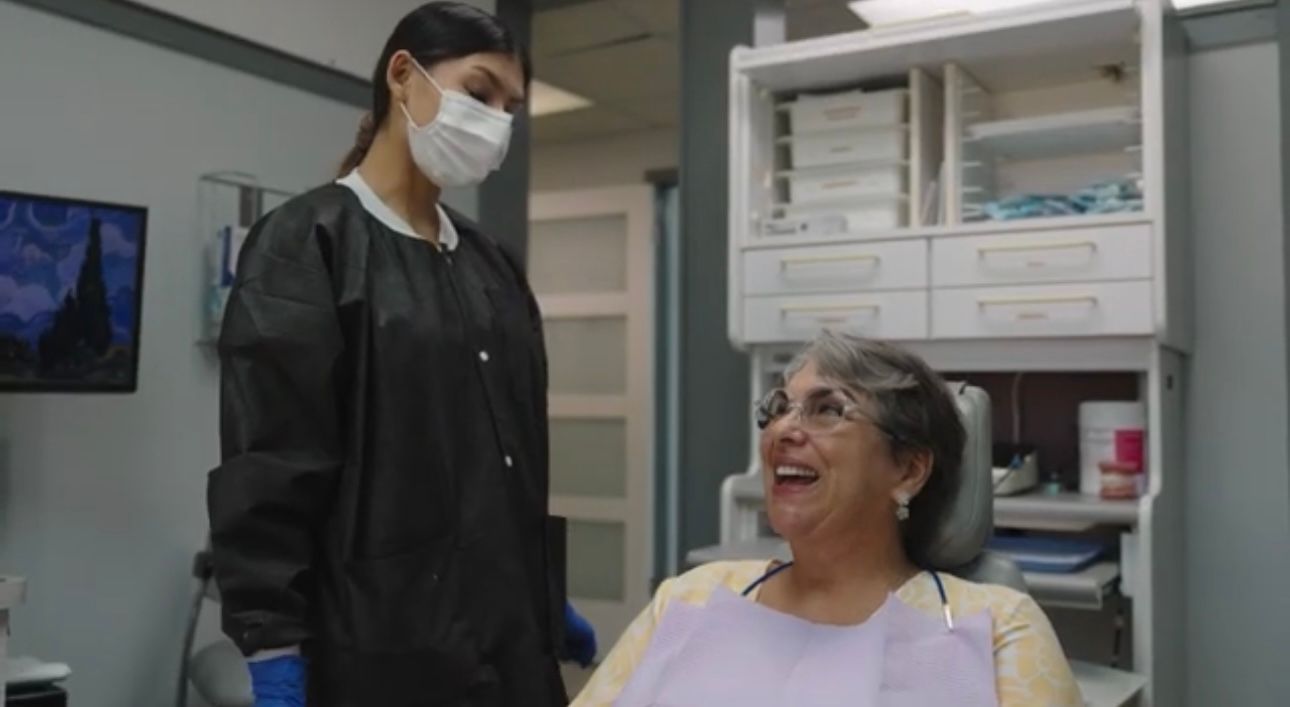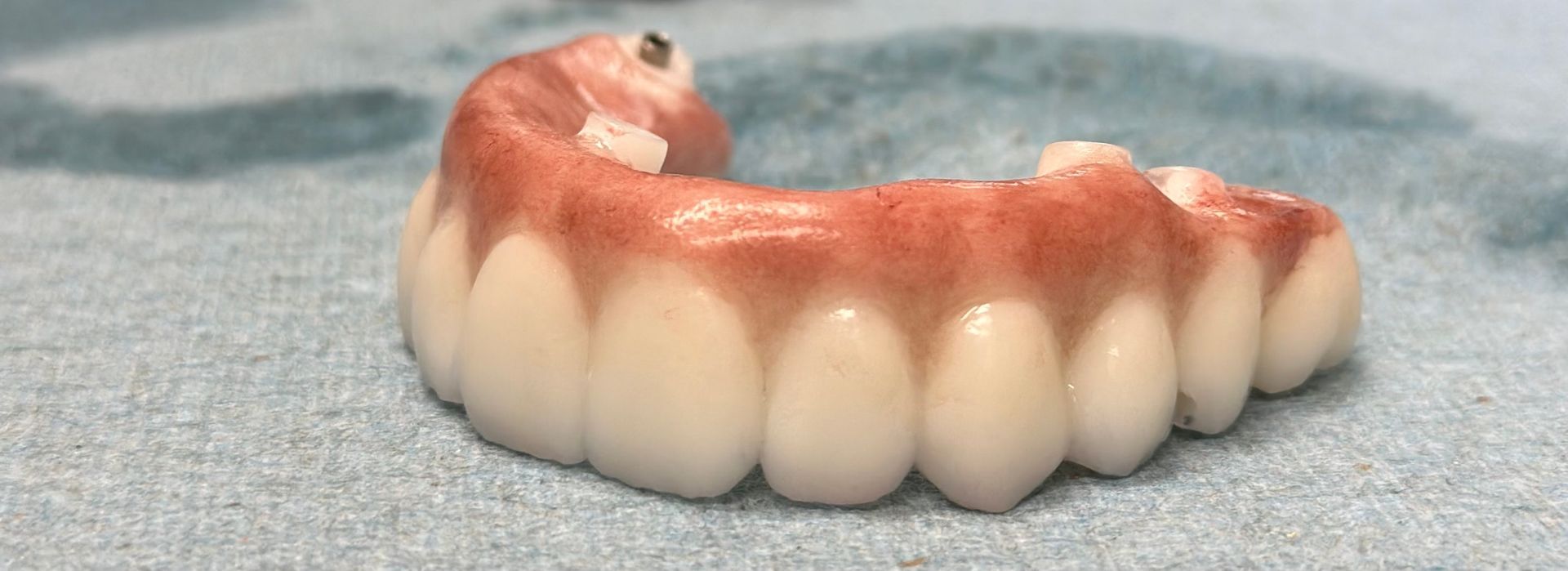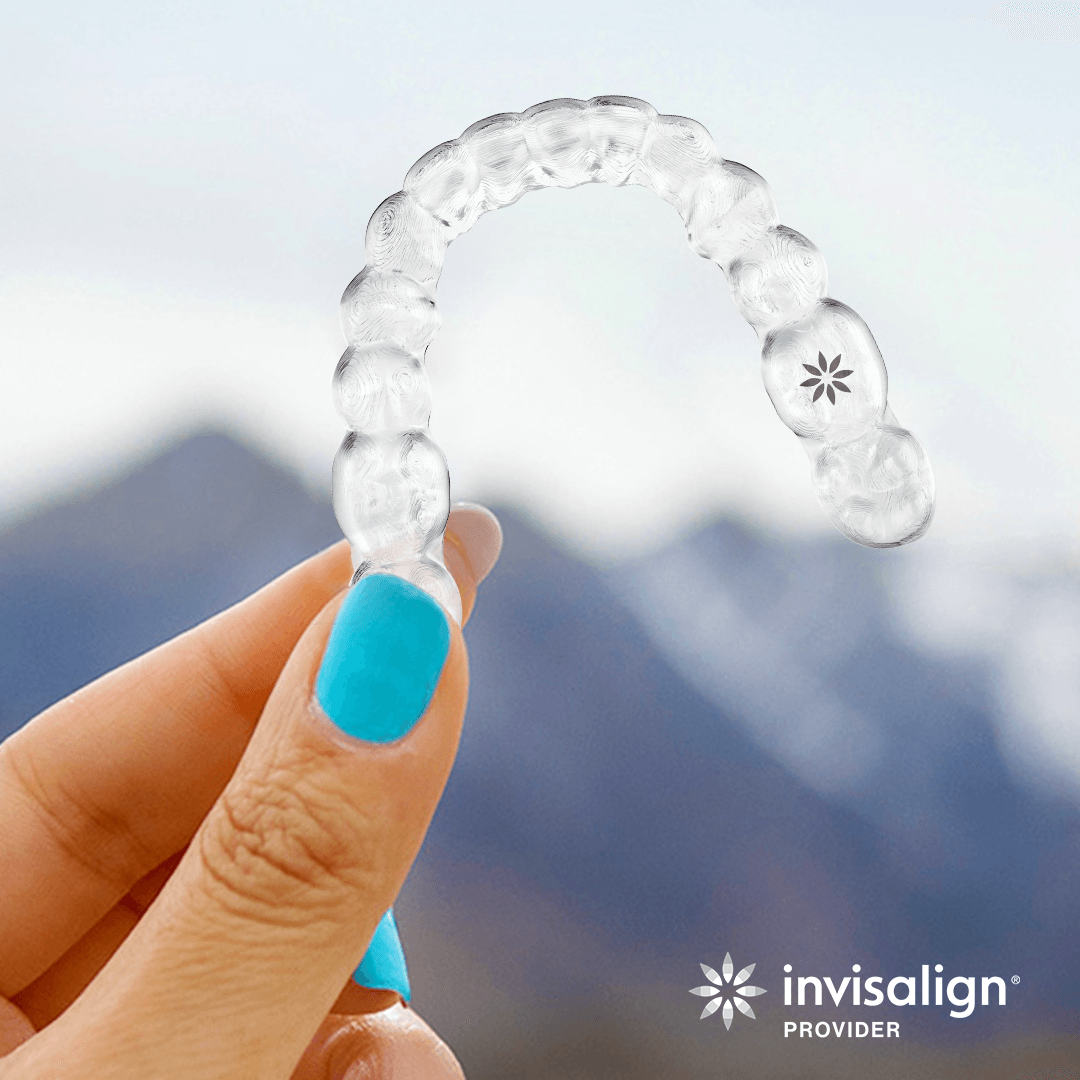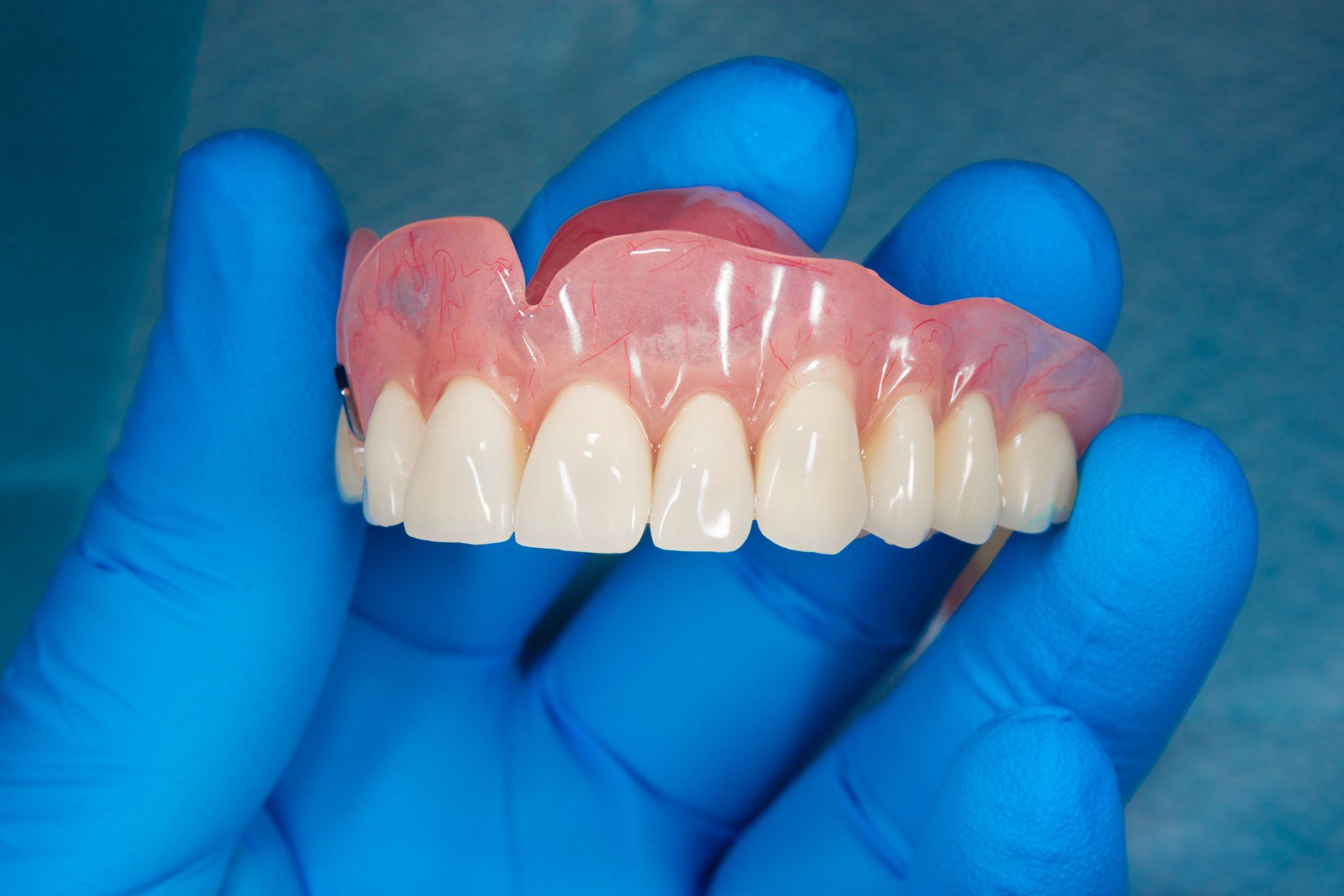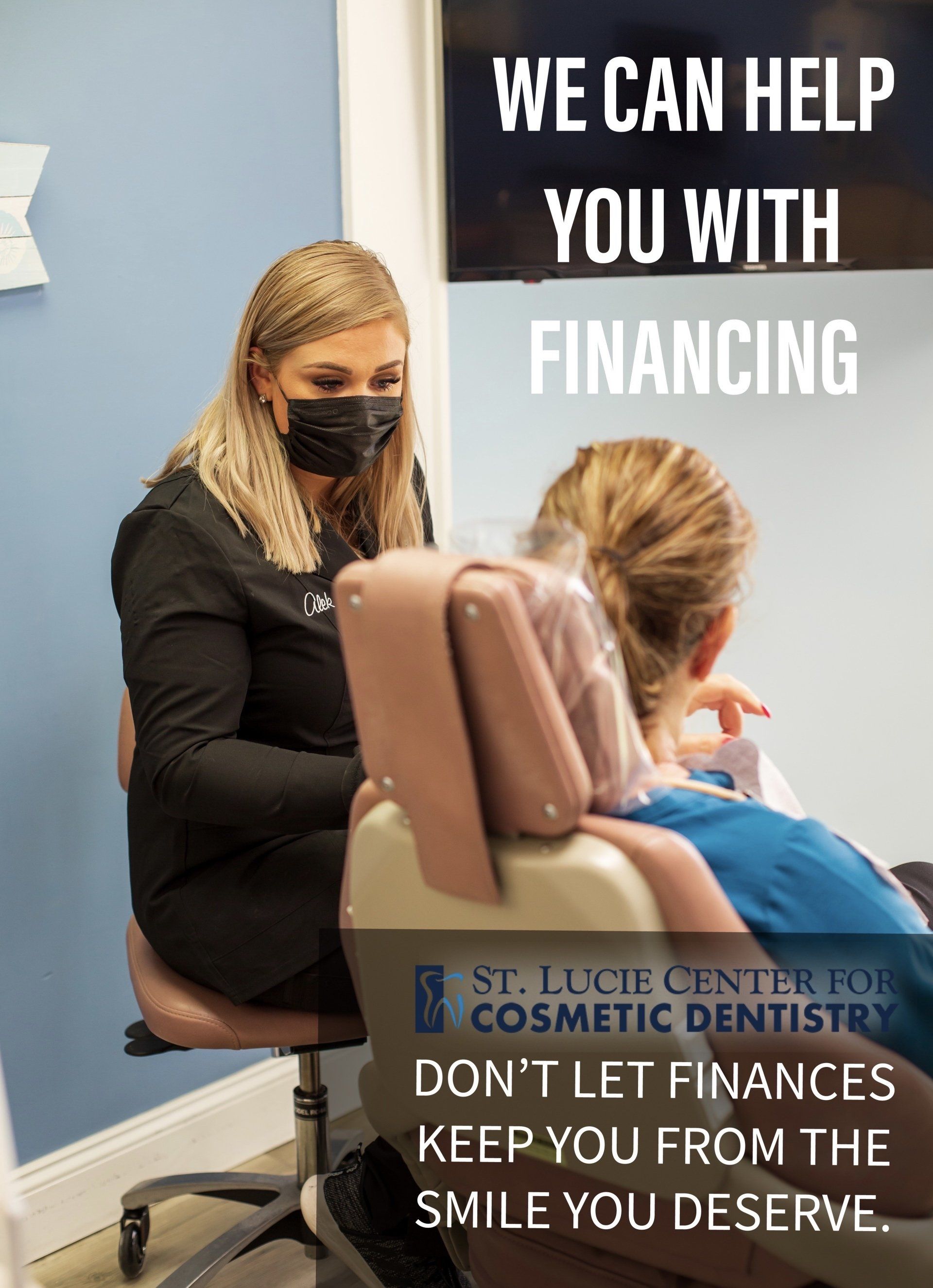Call us for any questions
Call Us!
Tooth Extraction: Cost, Procedure, and Healing
Everything you Need to know about Getting a Tooth Pulled
There are many reasons you may need to get a tooth extraction. Often times patients refer to this procedure as having a "tooth pulled". The most common reasons for tooth extractions are: tooth decay, tooth pain, or the need to create space when undergoing orthodontic treatment.
A tooth that is extracted due to decay often means that the tooth was not able to be saved by other treatments including fillings, crowns, or root canals. Generally your dentist will attempt to help you keep as many teeth as possible and recommend treatments to preserve your tooth. However, at a certain point your tooth may not be savable and therefore will need to be extracted.
Tooth pain often is the #1 cause of extractions. Tooth pain can be very severe and happen suddenly. You may experience sensitivity to hot or cold, shooting pain, swollen face, constant throbbing, or a combination of these. Tooth pain can be caused by excessive decay, a crack in the tooth, or a broken tooth. Wisdom teeth are another common cause of tooth pain. Wisdom teeth often grow in sideways or partially and therefore create problems and pain. Many people have their wisdom teeth removed.
Orthodontics or braces is another reason to have a tooth extracted. This allows the dentist to create space for your teeth to move, line up, and become straight.
How much does a tooth extraction cost?
The cost of the extraction depends on a variety of factors.
1) Is it a regular tooth or a wisdom tooth? Wisdom teeth are generally more expensive to get extracted due to the difficulty.
2) Is it a front tooth or back tooth?
3) Will you require a bone graft? A bone graft is a procedure that helps maintain the bone level which is necessary for dental implants and can also help maintain facial aesthetics.
4) Will you receive collagen plug, smoothing of the bone, sutures, ect ?
4) Will you require sedation? Oral and IV sedation increase the cost of dental extractions but also are necessary for patients who have anxiety or difficult extraction cases. Nitrous Oxide (laughing gas) is a form of sedation that is minimal costs less that oral or IV sedation.
5) Other medical conditions such as prior root canal or curved root which may make the extraction more difficult.
6) Are you having more than 1 tooth extracted at the same time?
Depending on the answers to all the above factors cost of dental extraction may range from $200-1500 per tooth.
Tooth Extraction Procedure
Your dentist must take an x-ray of your tooth prior to the procedure. For wisdom teeth a pano xray will also be needed.
Using the x-ray, reviewing your medical information, and determining the wishes and needs of the patient the specifics about the procedures will be determined prior to extractions.
For all types of extractions your dentist will administer local anesthetic to numb the area so you will not feel pain. They will test the area prior to getting started to ensure the patient will not feel any pain. Patients will still feel pressure and often hear cracking or grinding sounds. This is completely normal but some patients find this to be disturbing and is often why patients opt in for a form of sedation to help relax them.
Sometimes the tooth will be taken out in one piece, but it is also common that it may need to be taken out in pieces. Once the tooth is out, the bone will be smoothed if necessary, and any bone or collagen placed. You may also receive sutures to close the area and then will be asked to bite down on gauze to help stop the bleeding.
You will be given instructions for home care and typically will be feeling pretty good within a day or two.
If you have certain medical conditions or take certain medications you may need medical clearance from your general doctor prior to having an extraction.
Tooth Removal After Care
During the First 24 hours: It is important that a blood clot forms on the extraction site to stop
bleeding, reduce pain, and speed healing. To protect the clot and avoid the pain of dry socket:
Bite on gauze with constant pressure for one hour, changing as needed when gauze is saturated. If
bleeding continues replace gauze and hold with constant pressure. The site could ooze for as long
as 24 hours. Saliva may have a pinkish tinge for a couple of days, this is normal.
NO ASPIRIN * NO SMOKING * NO RINSING OR SPITTING * DO NOT DRINK THROUGH A STRAW
- Place Ice pack on your face for the first 6-8 hours, 20 minutes on 20 minutes off
- Don’t spit, and don’t suck on candies or through a straw
- Don’t rinse your mouth, and don’t brush or floss next to the site for the first 24hrs
- Don’t smoke or use tobacco (this slows healing and can cause dry socket)
- Don’t sneeze or cough, so have sinus allergy medicine on hand if necessary
- Don’t drink hot, or carbonated, or alcoholic drinks, avoid hot spicy foods
- No heavy lifting, limit yourself to calm activities, elevate your head when lying down
- Soft diet for 3 days after procedure and chew on the opposite side of your extraction area
- Make sure to drink plenty of fluids to avoid dehydration
- If your doctor prescribes medications, take all as directed. Antibiotics, steroids, and main medication are all possible medications to be take before or after an tooth extraction.
If pain medication is needed take what you would normally take (except aspirin) every 4-6 hours as directed.
After 24 hours:
- Start rinsing your mouth with warm salt water Use one teaspoon salt per glass of warm
water. Rinse two to three times a day for a week following the extraction
- (DO NOT USE WARM SALT WATER RINSES IF BONE GRAFTING WAS PLACED)
- Begin to eat normally as soon as it’s comfortable
- Resume brushing and flossing
- If antibiotics were prescribed, take them for the indicated length of time even if all
symptoms and signs of infection are gone
- Resume normal activities
Tooth Extraction Complications
Bleeding: Call you dentist if bleeding continues and will not stop. If dentist can not be reached and blood loss continues go to the emergency room. Some medications can cause this to happen.
Infection: Typically symtoms will include swelling and acute pain 48 hours or more after the extraction. Antibiotics may be given as treatment.
Dry Socket: This occurs when the blood clot comes out too soon. Symptoms include severe pain and will need take some days to go away. You can go into your dentist to have the area cleaned and treated to help healing. Pain medication may also be taken to help. It is important to closely follow after care instructions to avoid this complication.
Nerve Damage:
in rare instances the nerve may be affected with can result in temporary or even permanent loss of feeling. In most cases feeling with return.
QUICK LINKS
Contact INformation
Phone: (772) 878-5000
Email:
info@stluciedentist.com
Location: 139 SW Port Saint Lucie Blvd Port St. Lucie, FL 34984
Business Hours:
- Mon - Fri
- -
- Sat - Sun
- Closed

